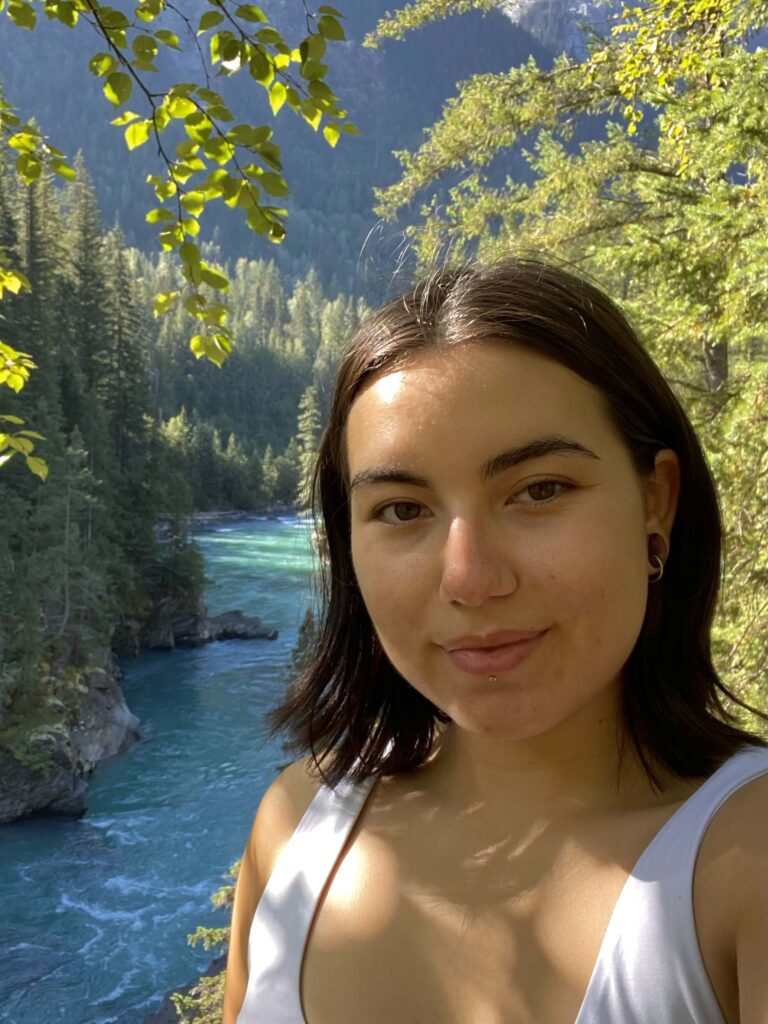This initiative is the first phase of the Indigenous Water Allyship, a meaningful partnership between the Centre for Indigenous Environmental Resources (CIER), the One Drop Foundation and partners from the private sector to support First Nations, Métis and Inuit communities in Canada by helping to improve living conditions and health through water and art.
The Indigenous Water Allyship is co-designed and implemented with, by and for First Nations, Métis and Inuit youth and their communities from 2023 to 2030.
The Indigenous Youth, Water, and Art Initiative (IYAWI) of the first phase empowers Indigenous youth to express their voice and vision around water-related challenges through social art and community-based approaches. The second phase is to develop a long-term program to improve living conditions and health in First Nations, Métis and Inuit communities in Canada through increased knowledge, leadership, and equitable access to safe water.
For more information contact: [email protected] / [email protected]
Special thanks to Wapikoni Mobile for supporting this initiative, and for capturing the essence of IYAWI through this inspiring short film.
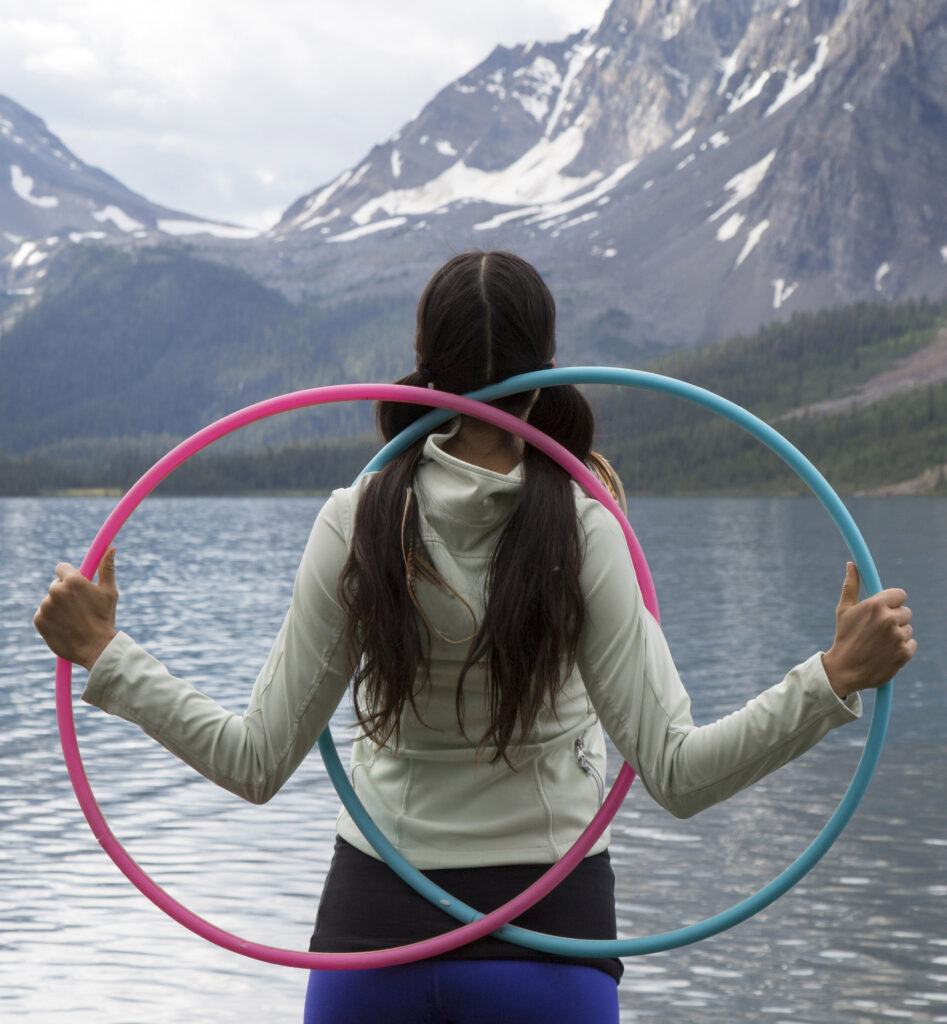
Selected Young Indigenous Ambassadors are supported by collaborative organizations and embarking on community social art projects that promote the significance of water, and challenge the current state of water issues disproportionally affecting First Nations, Métis and Inuit communities across Canada.
MEET THE YOUNG INDIGENOUS AMBASSADOR FINALISTS
Anellah Orosz is 18 years old and from Caldwell First Nation in Southwestern Ontario, Canada. She is entering into her second year of undergrad at the University of Toronto and is studying Health Sciences.
She was on the Ontario Youth Environment Council and is on the Youth Advisory Committee for her First Nation.
Anellah is an advocate for Indigenous water rights in Canada and works hard in her community to protect the water, land, and living things within her First Nation’s traditional territory.
“I hope that our plan to have communities residing near the shore of Lake Erie gather together simultaneously to sing to the water will help to raise awareness about the importance of the health of Lake Erie. Also, I hope it will educate people that keeping water bodies clean is critical to saving the rest of the environment. And finally, I hope that it will bring healing to the water itself, because I have been taught the water has life and that respecting it the way we should respect one another is an inherent responsibility.”
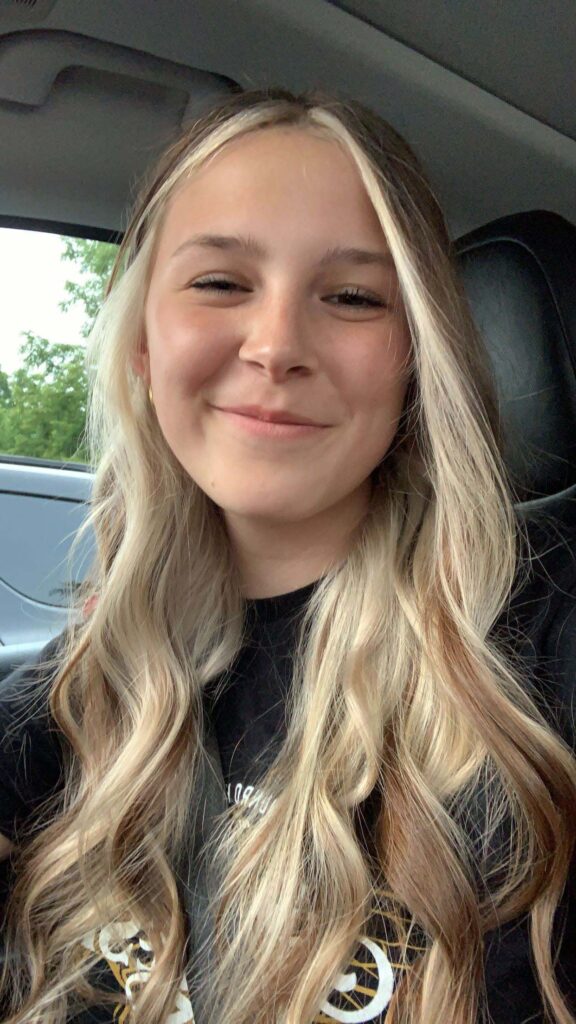
“As a student at Iguarsivik School, I believe the young people of Puvirnituq must mobilize and be heard in order to find, together, the ways and means to safeguard this vital material. In our village, we communicate primarily through the arts.”
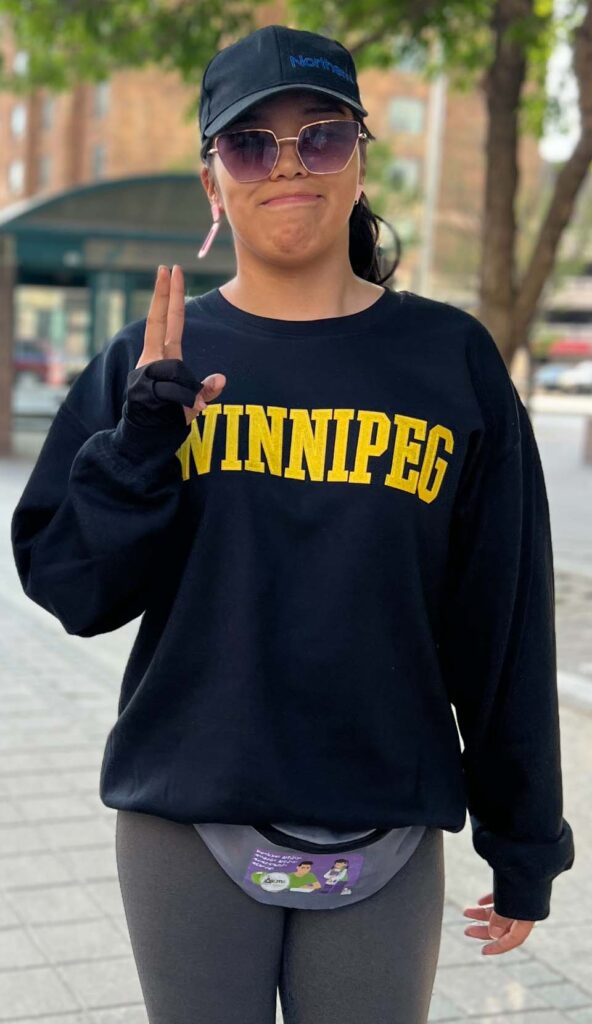
Makasa Looking Horse is 26 years of age, born on Six Nations territory and is Mohawk and Lakota. Mrs. Looking Horse has completed rites of passage through both Lakota and Mohawk ceremonies known as Ishnati and Ohero:kon. She is a Sundance leader for women 13 years, and youth leader in Six Nations for water protection and security. She has held many events, runs and marches for water with her community and allies. She handed Nestle CEO and Blue Triton a Cease and Desist Letter she secured from the Haudenosaunee Confederacy Council.
Makasa attended Kawenni:io Mohawk immersion elementary school. She completed Six Nations Traditional Medicine Practitioners course and is a student in Indigenous Studies at McMaster University. She is Youth Leader of Ohneganos, a global water futures research project for 5 years. She co-created a share and is host of a live streamed podcast series called Ohneganos: Let’s Talk Water. Recently, her show won the David Suzuki People’s Choice Award. Makasa has been on a Women and Water panel for Mni Ki Wakan Indigenous Peoples Decade of Water in August of 2019 in Rapid City, San Diego. She has presented at World Peace and Prayer Day 2016/2017/2018 and led a ceremony in Hawaii, Oregon, Ohiyo. She also led a ceremony at the Parliament of World Religions in Utah in 2017.
Looking Horse was also nominated by the United Nations Global Indigenous Youth Caucus to do the opening words and blessing at the United Nations Youth Climate Summit in September of 2019, presented at the United Nations Side-table at the Indigenous Peoples Permanent Forum in May of 2019 and 2022 and participated in the 2023 UN Water Conference.
She has created short films published on www.Ohneganos.com website, and is currently producing a film on Indigenous Youth and ecological grief. She has been featured in Vogue Magazine, Where the Leaves Fall Magazine, Chatelaine magazine, Vice news, and multiple other media outlets advocating for Indigenous water rights and protection of source water. Makasa has been invited to speak to audiences across North America and abroad.
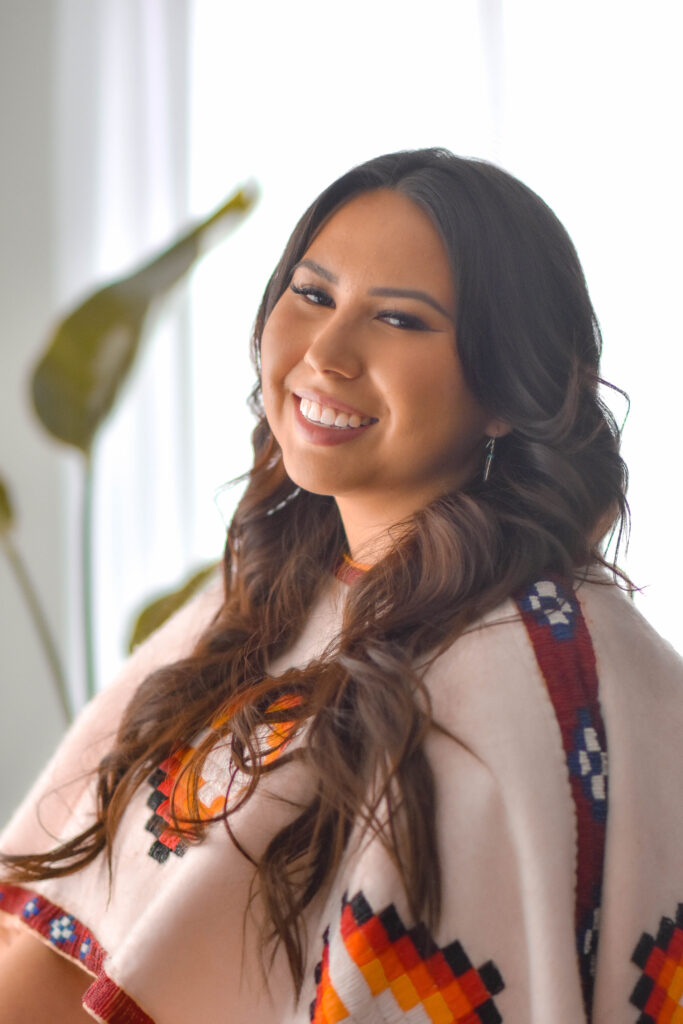
Lakos, with the Stolen Name of Jessie Everson, is 21 years old and grew up in Comox, BC. With ancient ties to the Kwagul, Pentlach, Sahtloot, Ahousaht and Bigstone Nations, he has always followed the ways of his ancestors.
Being taught about his Kwagul and Pentlatch roots Jessie learned at the age of 10 how to design from his older brother Andy. Since the start of his art career, his nephew Karver Everson has also been a large influence and the primary teacher to Lakos. Since 2017 Lakos has been carving pieces that have all been guided by his mentors.
Growing up in Comox, Lakos has lived outside of his Ahousaht territory and has just recently been reconnecting to his Nuu-chah-nulth roots. Coming from the Jones Family, Lakos’s late Father Elliot was an experienced and knowledgeable Carver based in Victoria, BC.
On top of being a Cultural Learner, Lakos is currently studying at VIU in the Resource Management Officer Technology Diploma program. Now in his 3rd year at Vancouver Island University, He aspires to be able to professionally advocate for the land, sea, sky and all that lives along the coast. Learning how to manage natural resources and wildlife in the program Lakos is well equipped to face the complex world around him.
Lakos looks to create meaningful connections to his home community and to help teach future artists. As well as connecting to the waters of his ancestors – the ancient highway of canoes.

Ta’Kaiya Blaney is a 22-year-old Indigenous singer, award-winning actor, land defender and Native Children’s Survival Ambassador from the Tla’Amin First Nation. She has been featured in documentaries, addressed the United Nations, and performed at environmental events, classrooms and Indigenous gatherings across Canada and internationally. Since the age of 10, Ta’Kaiya has been vocal about the protection of lands, waters, and climate and has worked within Indigenous movements combatting extractive industries, climate change, and oil pipelines that threaten the present and future survival of her people.
Ta’Kaiya seeks to address colonialism as the root of climate change and the driving force of extractive industrial projects that continue to facilitate land cessation, Indigenous genocide and ecological collapse in the northwest coast, the most biodiverse region in North America. She utilizes traditional and contemporary art mediums to convey messages of Indigenous sovereignty and liberation critical to ensuring livable futures for all. Ta’Kaiya currently conducts work from her homelands relating to language revitalization, Indigenous Knowledge transmission, and river restoration as the Director of Programs for Native Children’s Survival.

Victoria Redsun// Sahgothé is Denesuline, Nehitho land defender, writer & multimedia creator. The spirit of the land and people inspires the creation of their art. As a filmmaker they found guidance through mentorships & training programs in Toronto and Winnipeg with Video Pool & the Indigenous Filmmaker’s Collective and POV.
Sahgothé’s projects and life path are intertwined and expressed through dreams, visions & the natural way we flow through our bodies and spirit. They have won multiple awards within Canada for their film “High Altitude” and have been screened and published internationally. They now work independently producing their own films focusing on Denesuline sovereignty, off reserve and providing youth workshops.
“Creating sovereignty within our communities must include spirit. Flowing through the universe with pureness of heart, is an act of resistance. Art is a radical form of freedom that speaks across borders; Thus freeing the land, water, human and non-human kin from colonial oppression.”
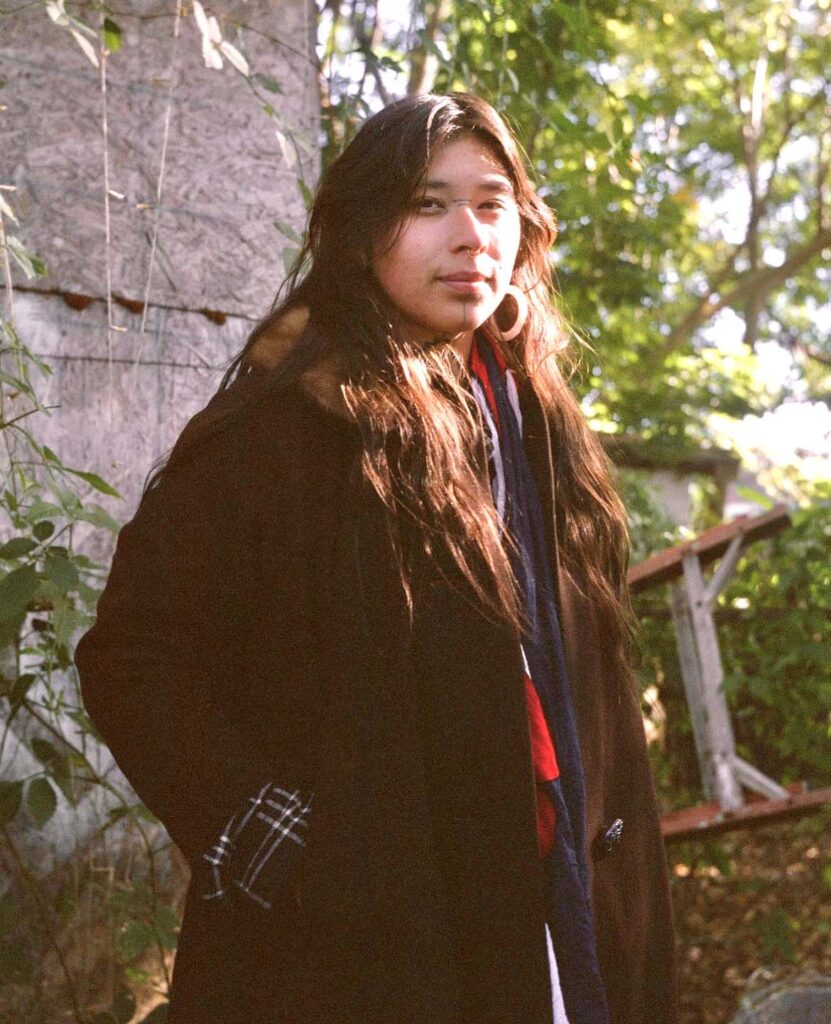
Jaz is a Secwe̓pemc & mixed settler interdisciplinary artist who embodies anti-professionalism & anti-colonialism as a way to move toward a future where Indigenous Knowledge and ways of being are not only respected, but valued & revered. Using a range of materials, forms and mediums they work to investigate and express their lived experience and understanding of spirituality, resistance, ancestral connections, and community care.
Jaz’s ancestry ties them to Cstálen (Adams Lake) in unceded Secwepemcúl’ecw in the southern interior of so-called “British Columbia” where they had the privilege of being raised close with the lands and waters within their territories & beyond, and it informs their work expansively. Living predominantly on the west coast since 2017, the bulk of their work has bloomed within the territories of the Skwxwú7mesh, Səl̓ílwətaʔ, xʷməθkwəy̓əm, and Stó:lō where they have been overwhelmed with the warmheartedness & generosity of the host nations and allied communities.
Jaz has been working under the mentorship of T’uy’t’tanat-Cease Wyss since 2019 learning ethnobotany and multi-media arts centred in Indigenous revitalization. They work caretaking at X̱aw̓s Shew̓áy̓, an Indigenous rewilded plant space, as part of an ongoing project by T’uy’t’tanat at gallery 221A. They are currently artist-in-residence at Vines Art Festival, an arts organization and festival that is responsive to and nurturing of artists that are working toward land, water, and relational justice.
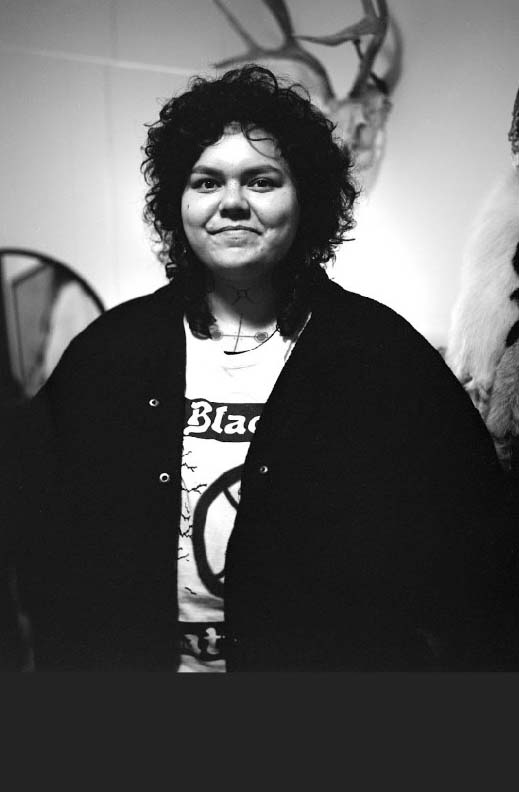
Quinn Meawasige is Anishinaabe from Serpent River First Nation. He graduated from Algoma University with a Bachelor of Arts in Community Economic and Social Development and a Certificate in Anishinaabemowin from Shingwauk Kinoomaage Gamig. Quinn became a founding member of the Waterways Collective, an Anishinaabe paddling collective for young people. He also helps to manage the Nimkii Youth Collective, an Anishinaabe land-based language and cultural revitalization initiative. Quinn currently lives at Nimkii Aazhibikoong, an off-grid, year-round, land-based language and culture camp where he is reconnecting with the lands and waterways of his family and community.
The Waterways Collective is looking forward to being able to engage the young people and our community with this important initiative. With a history of the pollution of our river system and waterways by uranium mining and extractive industries, our community carries lots of trauma and hurt and sadness as we grieve the loss of use of our waterways as it became contaminated with radioactive waste. This initiative will allow our community to continue down a path of healing and resilience as we help to tell the stories of our lived realities.
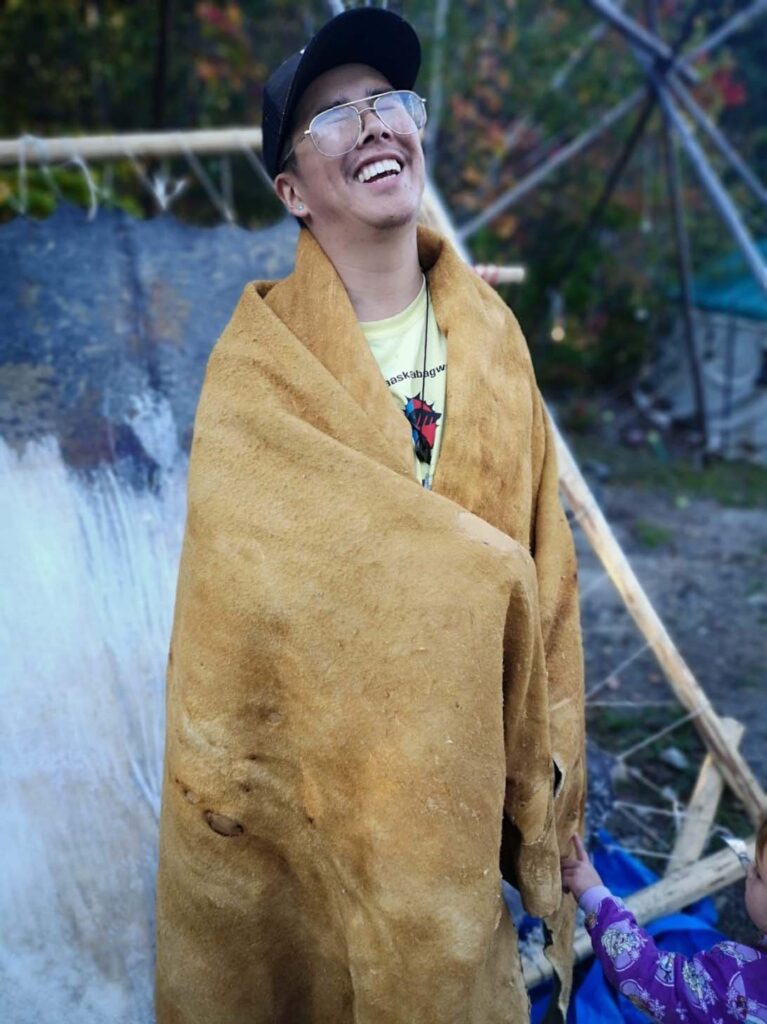
Mia is a multimedia Métis artist that uses painting, drawing, sculpture, and digital art to explore the interconnectedness of the universe and capture memories. Inspired by artists like Christi Belcourt, Alex Janvier, and Zaria Forman, her work blends abstract and illusionistic techniques. Through vibrant colours and fluid lines, her creations represent the energy that connects all living beings, celebrating our diverse existence. Her art serves as a visual language that invites viewers to reflect on their own narratives. She aims to contribute to a long lineage of Indigenous artists that have used their creativity to reclaim and honour their culture. Ultimately, her goal is to inspire others, foster connection, and remind us of the profound unity of all things.
“Water is life. Our project aims to utilize art in bringing recognition to water’s cultural importance in Indigenous communities. We want to educate people on water inequities egregiously affecting these communities. By honouring our water treatment operators, we hope to foster systemic changes in water management and access for all.”
